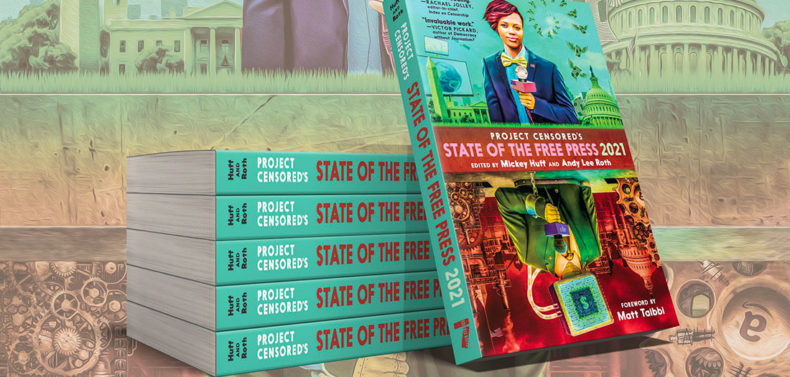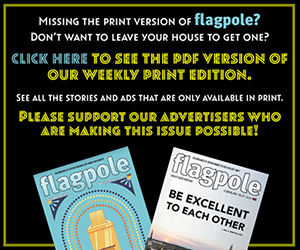The release of Project Censored’s yearbook State of the Free Press is predicated upon the belief that quality news is a needed public good regardless of whether there’s a hunger for it in the marketplace dominated by the mainstream, corporate-owned press. The journalists, analysts, media professors and student interns who put together the current edition of State of the Free Press continue to do the work that they do in hopes that mainstream media outlets will cut back on “junk food news” and cease abusing the news, instead devoting that space to stories in which information translates into a citizenry that is more aware, better informed and increasingly empowered.
State of the Free Press founder Carl Jensen coined the term “Junk Food News” in 1983 to describe the corporate media practice of profiteering from headline-grabbing, sensationalist news stories at the expense of traditional investigative journalism.
Izzy Snow and Susan Rahman open the “Junk Food News” chapter of State of the Free Press with Kitty O’Meara’s poem “In the Time of Pandemic.” It envisions the COVID-19 lockdown response as a reset button to the worst impulses of capitalism, consumerism and nihilism. Snow and Rahman compare it to the aftermath of 9/11, when political leaders told constituents that the most effective way to defeat terrorism and expand freedom was to go shopping—and buy American. Not in recent memory has this planet experienced a pandemic, let alone a moment like this one, where our television screens were filled with reports of empty store shelves of toilet paper, water and canned goods, and fights broke out over essential goods in crowded store aisles.
“This buy-back-your-freedom model has arisen again, now out of the desperation of the coronavirus pandemic, in which the lower and middle classes, those most affected by the tragedies of the crisis, are the most pressured to reopen and re-conform to the economic systems that oppress them. While buying American was once promoted as the way to defeat the terrorists, now, in the time of COVID-19, toilet paper seems to be the new favored commodity in wiping out the bad guys. Witness as the corporate media dare to ask the truly hard-hitting questions: If we hoard the Charmin, does that make us good or bad Americans?”
With the snark of a Mean Girls cast of protagonists, the “Junk Food News” chapter authors explore the question “Who is considered important and worthy of coverage during this pandemic?” Snow, Rahman and crew documented the weeks and months following the first reports and identification of the coronavirus until about May, when most Americans were coping with lockdown measures keeping them captive and anesthetized with Netflix, TikTok videos and Instagram feeds of celebrities living in spacious normality that isn’t really the norm to most Americans.
“While celebrities spread messages that ‘we’re all getting through this together’ and that these are ‘uncertain times,’ their only uncertainties lie in whether their local Whole Foods will be restocked with vegan toilet paper. In the meantime, Americans reckon with how quarantine has impacted their careers, home lives and finances. The corporate media is actively and consistently choosing to focus on the famed icons who are still able to share their lived perfection even during times of hardship.”
The authors do note the few stories that highlighted the real struggles of everyday Americans, such stories were too few and far between and offered little exploration.
The authors of this chapter take note of how coverage of the death of NBA Lakers legend Kobe Bryant sucked the air out of the media market in the months following his helicopter crash in January 2020. One major news story on Bryant’s death offered distraction from the gratuitous drone strike that killed 10 people, including the intended target, Iranian general Qasem Soleimani. In the days following the strike, Iran retaliated by attacking two American bases in Iraq. Donald Trump and his administration, as this chapter’s authors noted, never offered a rational explanation for the strike. But coverage of the aftermath of Iran’s retaliation was relatively muted.
Though there were no American deaths following the Iran’s missile strike, there was little follow-up on the fallout of that strike, which included widespread cases of brain injury and long-term health issues suffered by the American military personnel who were attacked. Instead, Americans were wrapped in a prolonged mourning ritual of a sports hero with a history complicated by sexual assault—a past muted by Bryant’s celebrity.
The Junk Food News chapter authors remarked upon the hyper-focus on the death toll numbers on a daily basis during a moment in which the Trump administration was actively refusing to provide national guidance and coordination. In their view, this lack of leadership by the Trump administration led to the proliferation of fake cures and scams being peddled by modern-day snake oil salesmen and hucksters. The other issue, the authors pointed out, is that despite all the reporting on death tolls, the reporting of corporate-owned media still managed to overlook the toll the coronavirus and federal inaction is having on the most vulnerable in the United States―the indigenous communities.
“Poverty, limited access to health care, densely populated households, and comorbid conditions all place this community at greater risk than the vast majority of the U.S. populace. Experts say that entire tribes could be wiped out due to the pandemic, as households in close proximity to one another create an opportune environment for the virus to spread quickly.”
Underlying the authors’ parallel analysis and critiques of the corporate media’s reporting on the pandemic is the belief that the market-based model of news production is toxic to a democracy and toxic to a healthy body politic. Indeed, the conclusion that remains after reading the rest of State of the Free Press is that the market-based model of news production and consumption renders a body-politic incapable of fighting off the infectious diseases called “fake news” and “truth decay.”
Fortunately, the writers of State of the Free Press don’t just lay out the problem without possible solutions. State of the Free Press editors Andy Lee Roth and Mickey Huff set the tone in the sixth chapter, “Media Democracy in Action,” by quoting Timothy Snyder from On Tyranny: “It is your ability to discern facts that makes you an individual, and our collective trust in common knowledge that makes us a society. The individual who investigates is also the citizen who builds.”
In this chapter, Roth and Huff preface the ways State of the Free Press contributors demonstrate how to build the capacity of a people to discern facts and build a more civil society. In the pages that follow, space is made for reporting on the emergence of new platforms and protections for whistleblowers who risk their reputations and livelihoods to call out abuses of power and educational settings in which young people can question the politics of media representations and develop their identities as conscientious community members and global citizens.
After they’ve published it for nearly 45 years, it’s a wonder that the editors of State of the Free Press have not become cynical about their work. It’s not as if the problems have grown more visible and easier to address or as if this world’s power elite has become less greedy and less corrupt. Random Lengths News asked the editing duo why it is that after 45 years State of the Free Press has not lost hope and has continued this work.
The answers they provided are two-fold when boiled down to their essence: The first reason is the fact that there’s still quality work being produced even now, despite the rise of modern-day authoritarianism and the increase in censorship because of it.
“Cynicism, while deserved, needs to be put in context and even put aside if we are to work toward making a more democratic, transparent and diverse free press,” Huff explained. “While State of the Free Press calls out propaganda and censorship in the corporate press, we also highlight the important work of intrepid independent journalists in our Top 25 list each year.
“What we hope people take away from our efforts is to be critical observers of all media while expanding news media diets, that a free press does matter, and it already exists. However, we need to grow and support more of it in the public interest while promoting critical media literacy education. It’s in this education of the next generations that gives me the most hope.”
It should be noted that Project Censored, along with the Action Coalition for Media Education, founded the Global Critical Media Literacy Project to teach digital-media literacy and critical-thinking skills.
The second reason is that unless civilization as we know it comes to an end, the battle for the future is Project Censored’s raison d’être. Roth said he remains inspired by the courageous work of the independent journalists who break these important but underreported stories, and by the project’s student researchers, who flex their critical media literacy muscles to help ensure that those stories reach a wider public audience. “Both groups give us good reasons to be hopeful rather than cynical,” Roth said.
Terelle Jerricks has been managing editor of Random Lengths News in Los Angeles since 2004
Like what you just read? Support Flagpole by making a donation today. Every dollar you give helps fund our ongoing mission to provide Athens with quality, independent journalism.








